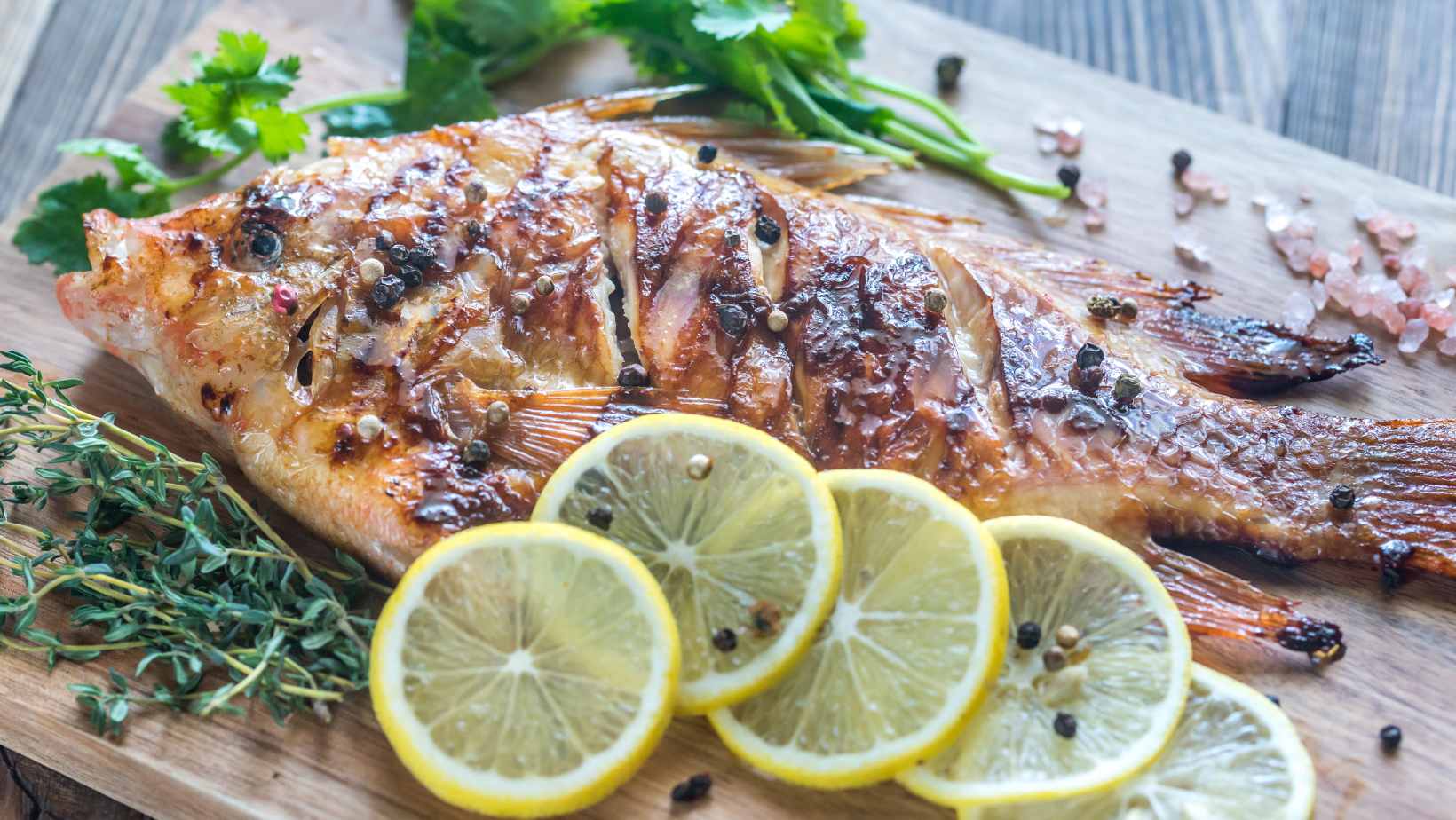
Tilapia is a popular fish that often finds its way onto the plates of those following the ketogenic diet. But is tilapia actually good for keto? Well, the answer depends on a few factors.
Firstly, let’s talk about macronutrients. Tilapia is low in carbohydrates, making it a suitable choice for those on a keto diet who are aiming to keep their carb intake minimal. Additionally, it is high in protein, which is an essential component of any balanced diet. Incorporating protein-rich foods like tilapia can help maintain muscle mass and support overall health.
Another aspect to consider when evaluating the suitability of tilapia for keto is its fat content. While tilapia does contain some healthy fats, it’s not as rich in omega-3 fatty acids compared to other types of fish like salmon or mackerel. These omega-3 fatty acids have been associated with numerous health benefits, including reducing inflammation and supporting heart health.
Is Tilapia Good For Keto
Benefits of the Keto Diet
Before diving into whether tilapia is a good fit for a keto diet, let’s briefly touch on the benefits of this popular eating plan. The ketogenic diet, or keto diet for short, is known for its ability to promote weight loss by encouraging the body to enter a state of ketosis. In ketosis, the body relies primarily on fat as its fuel source instead of carbohydrates. This shift in energy metabolism can lead to decreased cravings and improved overall well-being.
Understanding Tilapia as a Protein Source
Protein is an essential component of any healthy diet, especially when following a ketogenic lifestyle. Tilapia, a mild-tasting white fish, has gained popularity as an affordable and widely available protein option. It offers several advantages that make it suitable for those on a keto journey.
- Low in Carbohydrates: With only minimal amounts of carbs per serving, tilapia fits well within the macronutrient ratios typically recommended for those following the keto diet.
- High in Protein: Tilapia is packed with lean protein, which plays a crucial role in building and repairing tissues while also helping to keep you feeling satiated.
- Versatile Cooking Options: Whether grilled, baked, or pan-fried with some low-carb breading alternatives like almond flour or crushed pork rinds, tilapia can be prepared in various ways without compromising its nutritional value.
Potential Drawbacks of Eating Tilapia on Keto
When it comes to following the keto diet, it’s important to consider the potential drawbacks of including tilapia in your meals. While tilapia can be a good source of protein and healthy fats, there are a few factors to keep in mind:
- Omega-6 Fatty Acids: Tilapia is known to have higher levels of omega-6 fatty acids compared to other fish like salmon or sardines. While omega-6 fatty acids are essential for our body, an excessive intake can lead to inflammation if not balanced with enough omega-3 fatty acids.
- Environmental Concerns: The farming practices used for mass-producing tilapia often raise concerns about sustainability and environmental impact. Some farms may use antibiotics, hormones, and low-quality feed, which can affect the nutritional value and overall quality of the fish.
- Nutrient Profile: Although tilapia is a lean source of protein, it lacks certain nutrients commonly found in fatty fish such as vitamin D and omega-3 fatty acids EPA and DHA. These nutrients play crucial roles in supporting brain health, reducing inflammation, and maintaining overall well-being.
- Contaminants: Since tilapia is often farmed in crowded conditions, there may be an increased risk of contamination from pollutants like mercury or PCBs (polychlorinated biphenyls). It’s essential to choose high-quality sources that prioritize sustainable farming methods to minimize exposure to these contaminants.
- Quality Variability: The quality of tilapia can vary depending on its source and how it was raised. Opting for wild-caught or responsibly farmed tilapia from reputable sources can help ensure better quality control.
While these drawbacks should be considered when incorporating tilapia into your keto diet plan, they don’t necessarily mean you should avoid it altogether. It’s all about balance and making informed choices based on your individual health goals and preferences.
Remember, there are plenty of other keto-friendly seafood options available that offer a broader range of nutrients. Incorporating variety into your diet can help ensure you’re getting a well-rounded intake of essential vitamins and minerals.
Table 1: Omega-6 Fatty Acid Content in Common Fish
| Fish | Omega-6 Fatty Acid Content (g per 100g) |
| Tilapia | 0.8 |
| Salmon | 0.2 |
| Sardines | 0.3 |
| Mackerel | 0.4 |
Note: Values are approximate and may vary depending on the specific source.
In conclusion, while tilapia can be enjoyed as part of a keto diet, it’s important to be aware of its potential drawbacks such as higher omega-6 fatty acid content, environmental concerns, nutrient profile limitations, possible contaminants, and variability in quality. Making informed choices about the sourcing and moderation of tilapia consumption can help maintain a balanced approach to your keto lifestyle.

